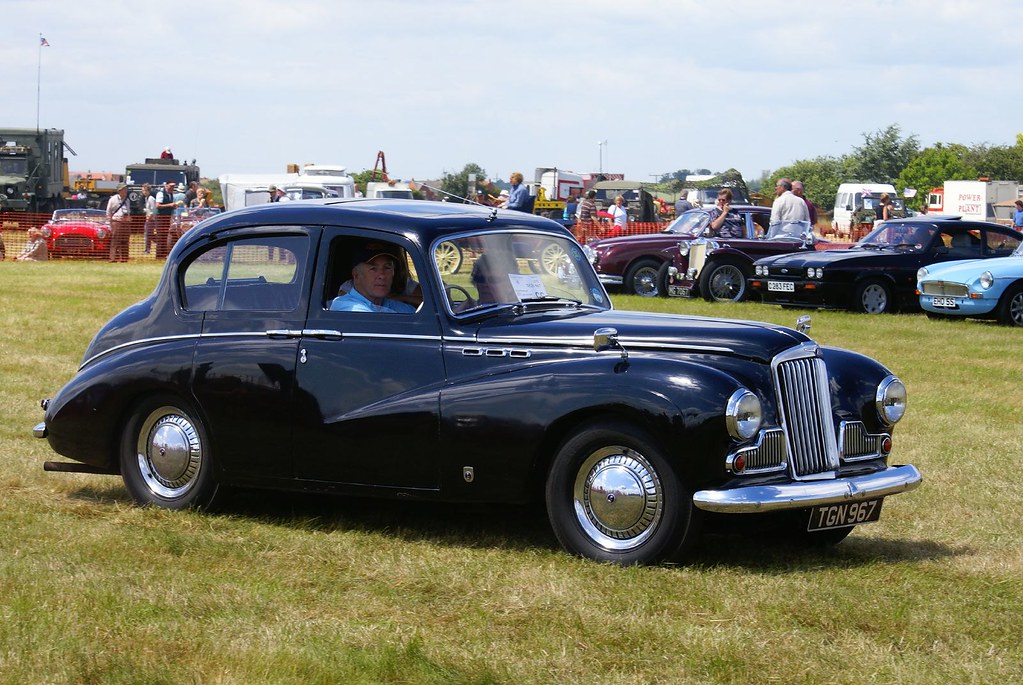
For many, a classic car isn’t just a vehicle; it’s a cherished piece of history, a blend of heritage and craftsmanship that represents a significant investment and often the culmination of lifelong dreams. These treasured automobiles are a source of immense pride, but preserving their pristine condition demands more than just routine maintenance. A silent, insidious threat lurks in the shadows of garages and storage units, capable of inflicting devastating and costly damage: rodents.
Rodents, particularly mice and rats, are notorious for seeking refuge in the nooks and crannies of vehicles, drawn by the promise of warmth, shelter, and potential nesting materials. Once inside, they can cause immense structural harm, gnawing through wiring, tearing up upholstery, and contaminating the interior with droppings and odors. The repair costs can be exponentially expensive, especially for unique vintage parts, making prevention not just a wise choice, but a critical imperative for any classic car owner. It’s much easier, and certainly cheaper, to prevent rodent damage than to repair it.
Effective pest management starts with understanding how these small animals invade stored vehicles and adopting proactive measures. From sealing potential entry points to employing deterrents and maintaining a hostile environment, a comprehensive strategy is essential. This in-depth guide, crafted with the practical enthusiast in mind, will detail fourteen essential ways to safeguard your prized possession, ensuring it remains a rodent-free automotive treasure for years to come.
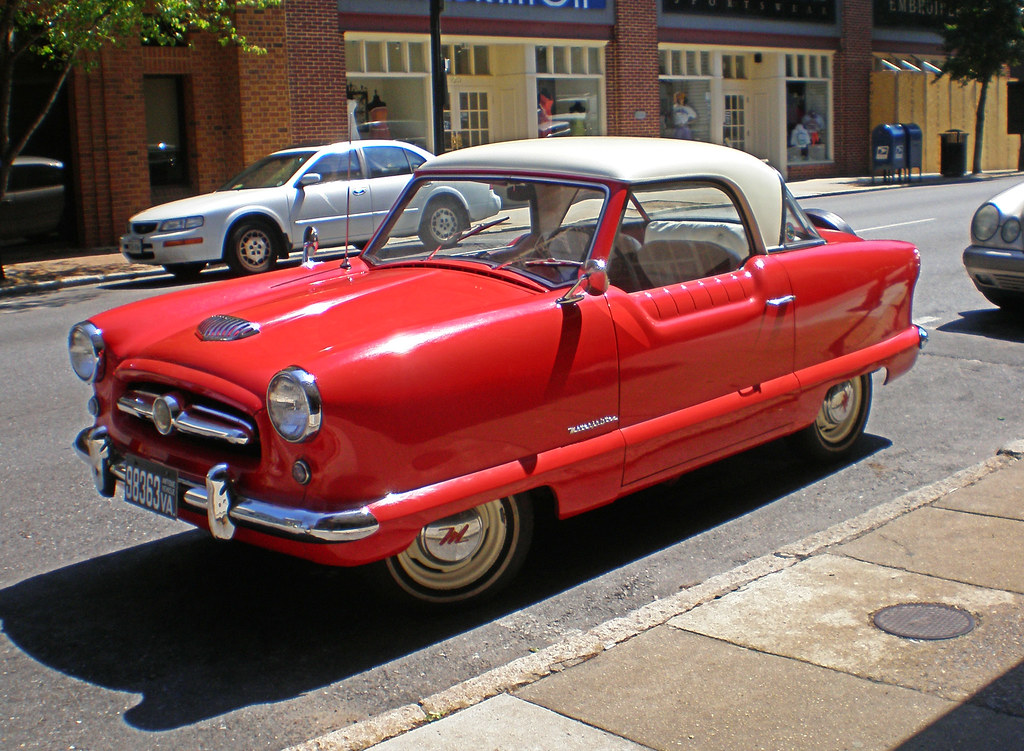
1. **Strategic Storage Location**One of the most crucial initial steps in deterring rodents and pests from your classic car is selecting the appropriate storage location. A space that inherently minimizes access to these unwelcome visitors is paramount for long-term protection. When preparing your vehicle for storage, prioritize areas that are dry, well-ventilated, and impeccably clean, as moisture and accumulated debris are known attractants for various pests, including rodents.
Consider utilizing a storage unit or garage that is elevated off the ground, as this simple measure can significantly reduce the likelihood of rodents gaining easy entry. Vehicles stored directly on the ground provide a convenient climbing surface for pests to scurry up into the car. Ideally, choose a location that is isolated from overgrown vegetation or unused structures, both of which can serve as natural habitats and breeding grounds for these critters, providing them with a direct pathway to your vehicle.
Beyond the immediate vicinity of your car, ensure that all vents and openings within the broader storage facility are properly sealed. This involves meticulously checking for any cracks in walls, noticeable gaps in doors, or other apertures that could allow access. Installing wire mesh or screening with openings no larger than 1/8-inch in larger vents and openings can provide an additional, robust barrier against even the smallest pests. Regularly inspecting the entire storage area for any early signs of rodent activity is also a critical practice, enabling prompt action should any unwelcome visitors be detected.
Furthermore, while not a primary barrier, consider using natural odor repellents around the perimeter of the storage area. Scents like peppermint or eucalyptus oils can help keep rodents at bay. These natural deterrents, when combined with a strategically chosen and well-maintained storage environment, create a formidable first line of defense, significantly reducing the appeal of your classic car as a potential nesting site.
Read more about: Unlock Your Smartphone’s Earning Potential: 15 Lucrative Side Hustles You Can Start Today
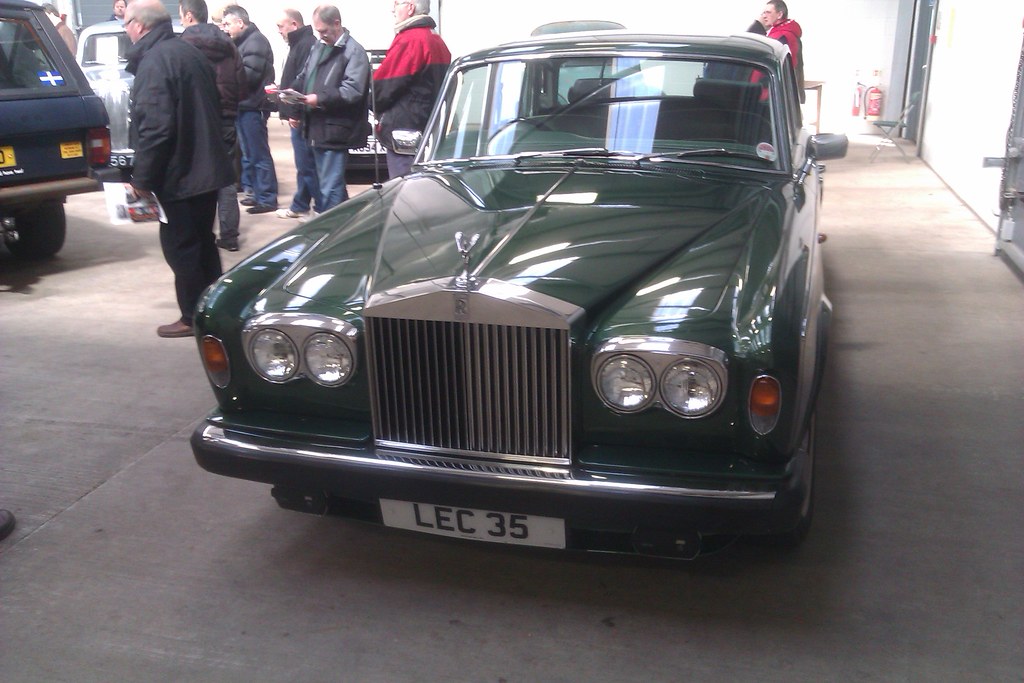
2. **Comprehensive Car Cleaning**Before placing your classic car into storage, especially for an extended period, a thorough and meticulous cleaning, both inside and out, is an absolutely essential prep step. The primary goal here is to eliminate any attractants that might draw rodents to your vehicle, as they are constantly seeking nourishment, shelter, and warm nesting places. Food residues, organic materials, and even lingering scents can act as powerful magnets for these persistent pests.
Begin by tackling the interior. Remove all food wrappers, fast-food debris, paper, garbage, and tissues. Nothing says ‘hello there’ to rodents more effectively than the availability of dirt and bits of food lying around, as they are lured by these odors. Vacuum every nook and cranny of your car – under the seats, between the center console, in the trunk, and all other hidden spaces – to eliminate crumbs and any other small debris that could serve as a food source or nesting material.
The exterior also demands attention. Wash the vehicle thoroughly to remove dirt and grime, then apply a protective wax to shield the paintwork. While primarily for cosmetic preservation, a clean exterior makes it easier to spot signs of rodent activity and reduces the overall appeal of the car as a dirty, neglected space. Remember, rodents are attracted to the enclosed space between each car door (the cabin) and under the hood, and a clean environment makes these spaces far less inviting.
Beyond the basic cleaning, implement essential preventative maintenance measures. Change the oil and filter, as old oil can contain contaminants. Consider using a fuel stabilizer in your gas tank, filling the tank to the brim to minimize air space and reduce condensation. Lastly, inspect the tires and inflate them to the recommended pressure to prevent flat spots during storage. If feasible, elevate the car with jack stands or place it on soft surfaces like carpet or rubber mats, which can also contribute to a less welcoming environment for ground-dwelling pests.
Read more about: The 11 Safest Car Seats of 2025: An In-Depth Guide for Parents on Crash Protection and Ease of Use
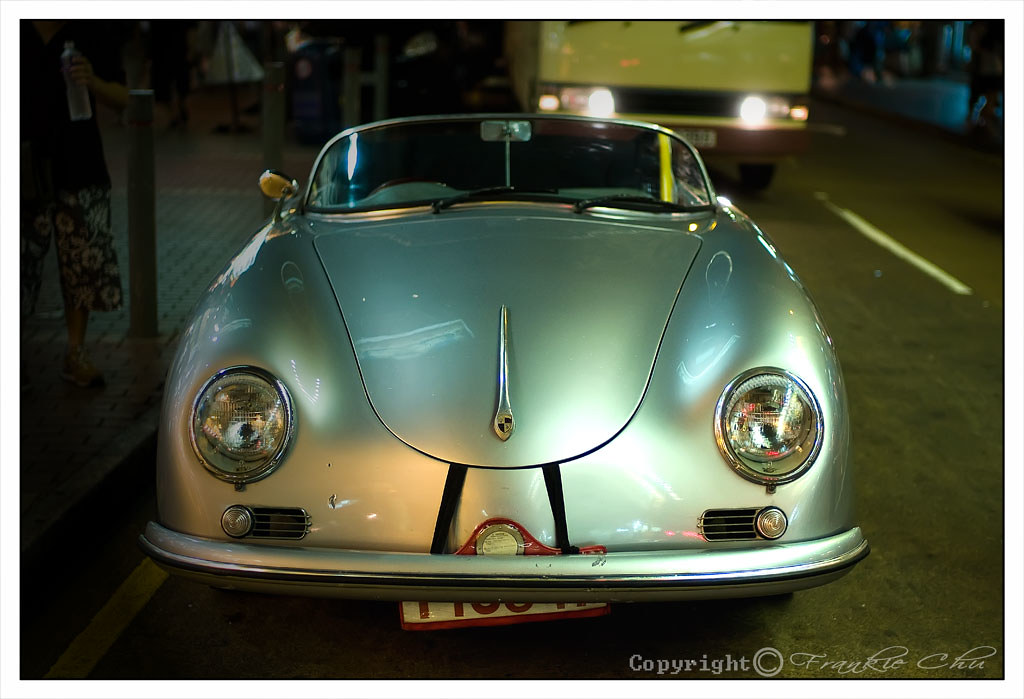
3. **Sealing All Entry Points**Rodents possess an uncanny ability to squeeze through incredibly small spaces, making the diligent sealing of all potential entry points a critical component of any effective protection strategy. Mice, for instance, can fit into very small, compact openings—a pencil-sized hole as pups and an opening no wider than a dime as adults. What may appear to you as a minor crack in a wall or a small gap in a door is, to a rodent, a wide-open invitation into a safe haven.
Your inspection should encompass both the storage area and the vehicle itself. In your garage or storage unit, meticulously repair all cracks and gaps in the walls, floors, and doors. For garage doors, consider installing robust garage door sweeps if they do not fit snugly against the floor, eliminating easy access points. For a more drastic but highly effective measure, installing rat guards around the exterior walls can prevent rats from tunneling or climbing into the structure through openings under the walls. Every potential breach, no matter how tiny, must be addressed.
Turning your attention to the vehicle, use materials like wire mesh, steel wool, or weatherstripping to cover any susceptible entry points. Common areas that demand attention include wheel wells, various vents, the tailpipe opening, and the air intake. Many a classic car collector has a story about tearing down an engine only to find a mouse carcass right on top of a piston, a grim testament to how easily these pests can infiltrate seemingly secure areas. Steel wool, in particular, is an excellent choice for stuffing into pipes or small holes, as rodents cannot chew through it.
By systematically fortifying both your storage environment and your vehicle’s vulnerable openings, you create a robust physical barrier that significantly deters rodent ingress. This comprehensive sealing strategy, combined with regular inspections, transforms your storage space from a potential rodent resort into an impenetrable fortress for your classic car.
Read more about: Shift Happens: 11 Legendary Car Designs That Burned Bright, Then Faded Away
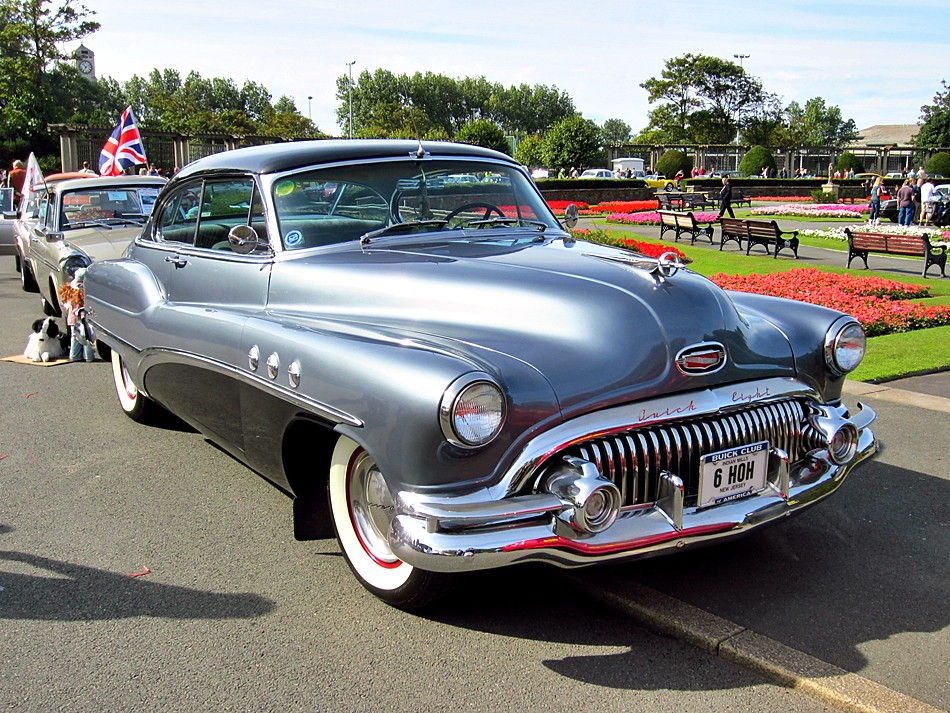
4. **Natural Repellents & Scents**Rodents primarily navigate their world through their acute sense of smell, sniffing out predators, food sources, and safe havens long before they can see them. While the aromas of metal, vinyl, and leather hold no inherent appeal for them, certain strong natural scents are highly effective in repelling these unwelcome visitors. Harnessing the power of these aromas can be a simple, non-toxic addition to your rodent-proofing arsenal.
Solutions made from peppermint oil are universally recognized as highly effective in repelling rodents. Its pungent aroma disorients them, making the environment undesirable. Essential oils and shavings derived from cedar, cayenne peppers, and cloves also act as strong deterrents. You can use cotton balls soaked in these oils, strategically placed around your car, or opt for store-bought sprays formulated with these natural ingredients. Pestco, for instance, recommends their highly-concentrated Peppermint Rodent Repellent Spray, which can be applied everywhere in and around the car, including garage edges, under the hood, along the periphery of the car, garage floors, inside engine bays, and wheel wells.
Mothballs, with their unmistakable and potent aroma, are another tried-and-true method for keeping mice, rats, and other rodents out of your car. If placed in the vehicle when it’s put away for winter storage, the mothballs typically dissolve by the beginning of summer. While the smell can be strong initially, it usually dissipates after airing out the car and taking it for a few rides. Similarly, inexpensive dryer sheets, even generic brands, placed throughout the interior, trunk, on tires, in the exhaust pipe, and under the hood, can act as effective repellents. Rodents dislike their scent, and as a bonus, your car will smell fresh when you retrieve it.
Another option is Irish Spring soap, which, like scented dryer sheets, can be placed in the trunk, cabin, and under the hood. For a more DIY approach, powdered, pure Sulphur or granular Sulphur, found at garden stores, is hated by vermin. Cut old pillowcases into 8×8 inch squares, put a spoonful of Sulphur in the center, tie into a small pouch, and place several bags around areas with rodent problems. While natural deterrents are helpful, it’s crucial not to rely on them entirely; they are most effective when combined with other methods, as some stubborn mice may, over time, even chew through soap or use dryer sheets as nesting material.
Read more about: Beyond the Bite: 12 Simple, Actionable Ways to Rodent-Proof Your Car’s Engine and Wiring
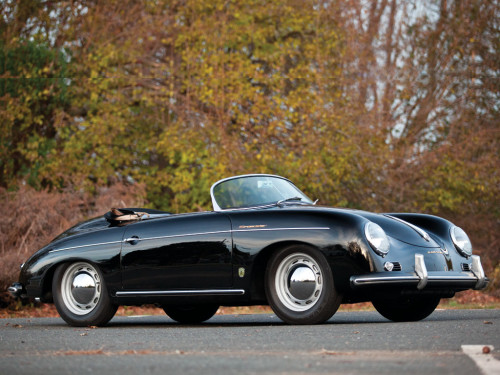
5. **Targeted Trapping Strategies**Should you suspect that rodents might already be present in your storage area, or as an added layer of proactive defense, implementing targeted trapping strategies is an important step in securing your vehicle. Traps serve as an effective first line of defense, allowing you to monitor and control pest populations and take prompt action if any signs of infestation are detected. Placement is key for maximum effectiveness.
Classic snap traps remain a simple and powerful option. Victor snap traps, particularly those with a 1-inch square plastic yellow tongue, are noted for their greater sensitivity compared to metal-tongued versions. For bait, a small smear of peanut butter in the center hole is often irresistible to rodents, giving off enough scent to draw them in. It’s important to check these traps regularly, not only to remove any catches but also to ensure the bait hasn’t been eaten by smaller bugs like crickets, which may not be heavy enough to trigger the trap.
Strategically position these traps along the walls of your garage or storage unit, near the car’s wheels, and around any other potential entry points you’ve identified. Enclosed bait stations offer a safer alternative if you have concerns about children or pets having access to the area, as they contain the bait and the captured rodent. A clever pro tip for standard snap traps is to cover them with a tissue box or another small barrier; this prevents mice from sneaking around the side and grabbing the bait without triggering the trap.
While the context mentions options like D-Con and ‘Tom Cat’ mice packets, it is imperative to address these with extreme caution. The provided information explicitly warns: “Poisons may seem like an easy solution, but they can cause more problems than they solve as rodents go on to die inside your vehicle. The danger they pose to your pets and other animals is rarely worth it.” If a rodent consumes poison and dies within your car’s inaccessible nooks, the resulting odor and potential health hazards can be far more problematic than the initial infestation. Therefore, while these products exist, traditional traps are generally recommended as a safer and more manageable solution for car owners.
Read more about: Matt Damon’s Million-Dollar Decisions: Inside the ‘Avatar’ Miss, Early Financial Fails, and Hollywood’s Evolving Economy

6. **Regular Car Movement & Disturbance**Rodents, especially mice, rats, chipmunks, and squirrels, are inherently drawn to environments that offer warmth, shelter, and a sense of calm where they can build their nests away from predators. A stationary vehicle, particularly one in long-term storage, provides an ideal, undisturbed haven. Disrupting this perceived peace and quiet is a straightforward yet highly effective deterrent that can discourage them from making your classic car their home.
One of the simplest and most accessible strategies is to start and move the car often. This frequent disturbance directly interferes with their nesting habits and makes the environment feel unstable and unsafe. The vibrations of the engine, the shifting of the vehicle, and the general activity associated with moving it will send a clear signal to any potential occupants that this is not a permanent or secure residence for them. Even if you’re not planning a full drive, running the engine for a short period and repositioning the car can be enough.
To amplify the deterrent effect, combine movement with noise. Before starting the engine, make it a habit to honk the horn loudly or play the radio at a significant volume. As nocturnal creatures, rodents prefer quiet, and sudden, loud noises can be highly unsettling and effectively scare them away. The combination of sound and vibration acts as a powerful one-two punch, making the under-hood or cabin areas far less appealing for nesting or seeking shelter.
This strategy is particularly beneficial for vehicles that are stored for prolonged periods. The context states, “Damage can be particularly severe if a car sits unattended for a long period of time.” By regularly introducing an element of disturbance, you not only make the car less attractive as a home but also increase the chances of dislodging any nascent infestations before they can cause significant harm. Even brief, frequent interactions with your stored vehicle can be a game-changer in the ongoing battle against rodent invaders.
Read more about: 10 Subtle Signs You’re Lacking Magnesium: What Your Body Is Really Telling You
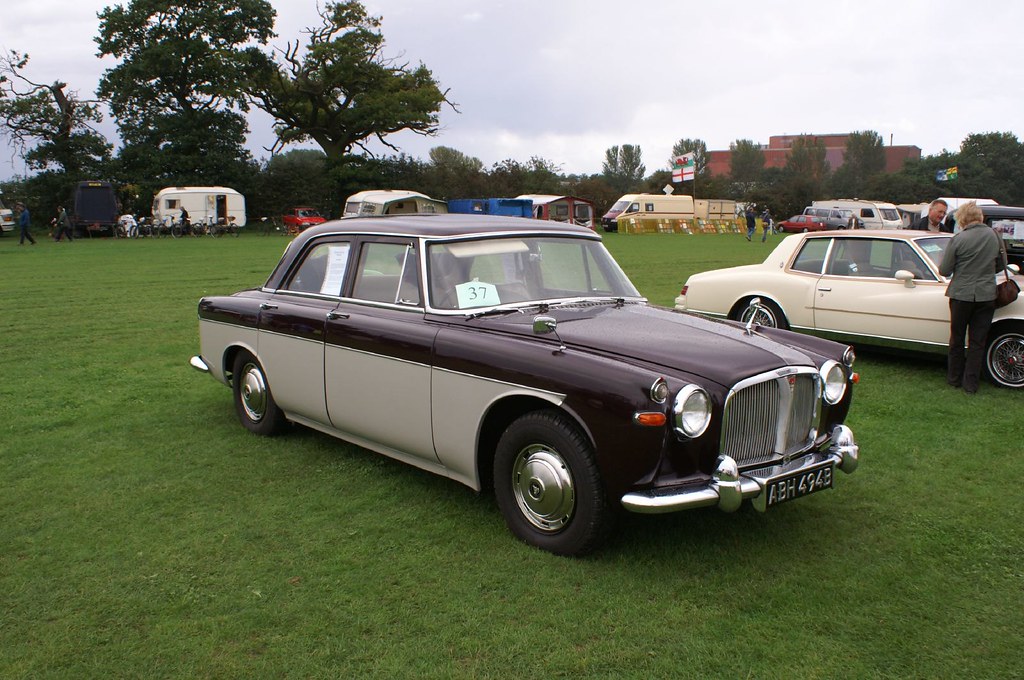
7. **Leveraging Light & Sound Deterrents**Understanding the natural behaviors of rodents provides valuable insights into effective deterrence. As primarily nocturnal creatures, mice, rats, and other pests actively eschew bright light and prefer the peace and quiet of darkness to carry out their activities, such as foraging and nest building. By disrupting these fundamental preferences, you can make your storage environment significantly less inviting and push rodents away from your classic car.
Utilizing LED lights is a highly recommended tactic. Motion-activated or timed LED lights installed in your storage area will directly interfere with the rodents’ nocturnal habits. Unlike older incandescent bulbs, LED varieties never get hot and only utilize about a seventh of the power, making them a safe and energy-efficient choice for continuous or intermittent operation. The sudden illumination or persistent light creates an uncomfortable environment, deterring them from venturing into or lingering around your vehicle.
Beyond light, excessive noise can also serve as a powerful repellent. While humans might find constant noise irritating, high-frequency sounds, inaudible to us, are extremely unpleasant for rodents. This is where ultrasonic devices come into play. These plug-in or battery-operated sonic repellents emit high-frequency sounds that create an uncomfortable environment for pests, effectively forcing them away from the area around your car. Some devices even contain strobes that offer a very bright light, combining visual and auditory deterrence.
Another imaginative use of sound involves an ordinary radio. By plugging a radio into a timer and setting it to a low frequency, you can create a consistent, low-level noise that is loud enough to disturb rodents but less likely to annoy your family or neighbors. The combination of light and sound, applied strategically, creates a multi-sensory barrier that exploits rodents’ natural aversion to disturbance, making your classic car a far less appealing target for their destructive activities.” , “_words_section1”: “1948
Having established the foundational methods for rodent prevention, it’s time to delve into more specialized and robust physical protection strategies. While environmental controls and basic deterrence are critical, truly safeguarding a classic car often requires dedicated physical barriers and smart adjustments to the vehicle itself. These advanced measures offer an extra layer of defense, thwarting even the most determined rodent invaders.
Our journey continues with an exploration of specific tactics designed to block, discourage, and outmaneuver these persistent pests. From specialized tapes to strategic parking adjustments and innovative barriers, these tips provide practical, hands-on solutions for the discerning classic car owner.
Read more about: Fort Knox on Wheels: The Ultimate Guide to 15 Anti-Theft Devices That Keep Your Classic Car Safe and Sound
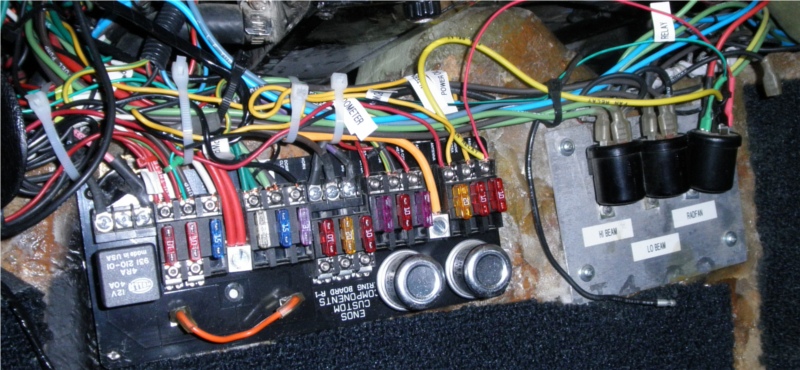
8. **Specialized Rodent-Deterrent Wiring Tapes**One of the most insidious forms of rodent damage is the incessant gnawing on vehicle wiring, leading to costly electrical malfunctions, potential fire hazards, and immense structural harm. The problem has intensified with the advent of soy-based insulation in modern automotive wiring, which, ironically, acts as a powerful attractant for rodents—often described as “catnip for rodents” by experts. This engineering choice, intended for sustainability, has inadvertently created a feast for pests.
Thankfully, targeted solutions are available to address this specific vulnerability. Specialized rodent-deterrent tapes, often treated with capsaicin—the natural compound found in hot peppers that gives them their fiery kick—offer a robust defense. These tapes are designed to make wires unappetizing, creating an effective taste aversion that discourages rodents from chewing.
A prominent example is Honda’s proprietary Rodent Tape, available as regular electrical tape infused with capsaicin. It comes in convenient rolls, making it a practical DIY solution for enthusiasts. This tape can be strategically wrapped around susceptible wiring harnesses, especially those under the hood where rodents seek warmth and shelter from predators.
Implementing this specialized tape provides a critical physical barrier and chemical deterrent, directly protecting the delicate electrical systems of your classic car. Given the severity of damage and the class-action lawsuits against some manufacturers over this very issue, proactively applying such tape is a prudent investment in your vehicle’s long-term health and your peace of mind.

9. **Strategic Vehicle Configurations: The Open Hood Approach**Rodents are creatures of habit, and their nesting preferences are heavily influenced by a desire for warmth, shelter, and concealment from predators. A tightly closed engine bay provides precisely that: a dark, confined, and seemingly safe haven where they can build nests and chew away undisturbed. Disrupting this ideal environment can be a surprisingly effective deterrent.
One unconventional yet highly recommended tactic is to leave your car’s hood open, but only when stored indoors within a secure garage. This simple act drastically alters the perceived safety of the engine bay. Without the enclosed darkness, rodents feel exposed to light and potential predators, making the area far less appealing for nesting.
If employing this strategy, it is crucial to ensure that any under-hood light is disconnected to prevent battery drain. This method essentially renders the engine bay a less attractive ‘home’ by removing the element of privacy and protection rodents so desperately seek. Combined with other deterrents, an open hood can send a clear signal that this space is not a stable residence.
Furthermore, extending this principle to other vehicle openings, always ensure your car’s windows and sunroof are completely closed when parked, especially overnight or for extended periods. Even the slightest crack provides an open invitation for rodents to enter the cabin, where they can wreak havoc on upholstery and interior components. A secure vehicle, coupled with an ‘exposed’ engine bay, presents a formidable challenge to any aspiring furry squatter.

10. **Comprehensive Interior Clutter Management**While an initial deep clean is paramount before storage, the battle against rodents is an ongoing one that demands continuous diligence in clutter management. Rodents are opportunistic nesters and foragers, and any debris, no matter how small, can serve as an attractant, a food source, or ideal nesting material within your classic car’s interior.
The cabin of your treasured vehicle, with its enclosed space and soft materials, offers a tempting environment. Even seemingly innocuous items like old paper, stray tissues, or forgotten fast-food wrappers can emit odors that lure rodents. These items also provide readily available material for building cozy nests under seats, behind panels, or within air ducts.
Therefore, maintaining an absolutely clutter-free interior extends beyond the initial cleaning. It requires a commitment to regularly removing all non-essential items, ensuring that the trunk, glove compartment, and all hidden nooks and crannies are devoid of anything that could entice a rodent. “Nothing says ‘hello there’ to rodents more effectively than the availability of dirt and bits of food lying around,” as the experts attest.
This comprehensive approach to interior cleanliness, paired with a meticulously clean surrounding storage environment, significantly reduces the appeal of your classic car as a potential habitat. It transforms your vehicle from a potential rodent resort into an inhospitable zone, forcing pests to seek shelter elsewhere.
Read more about: Unlock Your Digital Shield: 15 Essential Cybersecurity Tricks Everyone Needs to Master Today
Employing such advanced physical barriers, whether through specialized systems like the Box-Kat or the fundamental act of wheel removal, represents the ultimate commitment to safeguarding your classic car. These methods provide a critical, direct obstruction that complements all other deterrents, creating an environment where rodents simply cannot gain a foothold.
Protecting a classic car from rodent damage is an ongoing endeavor that demands vigilance, ingenuity, and a multi-layered approach. From the foundational environmental controls to the advanced physical barriers and strategic vehicle adjustments, each method contributes to creating an automotive sanctuary free from these destructive pests. Remember, the investment of time and effort in prevention is always dwarfed by the potential cost and heartache of repairs. By diligently applying these comprehensive strategies, you ensure your cherished piece of history remains a pristine, rodent-free treasure for generations to come.” , “_words_section2”: “1910


